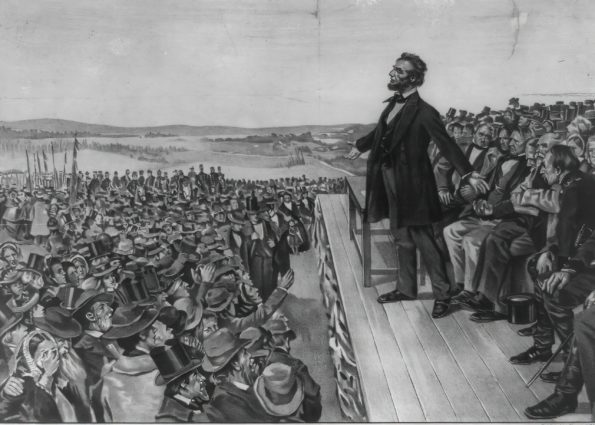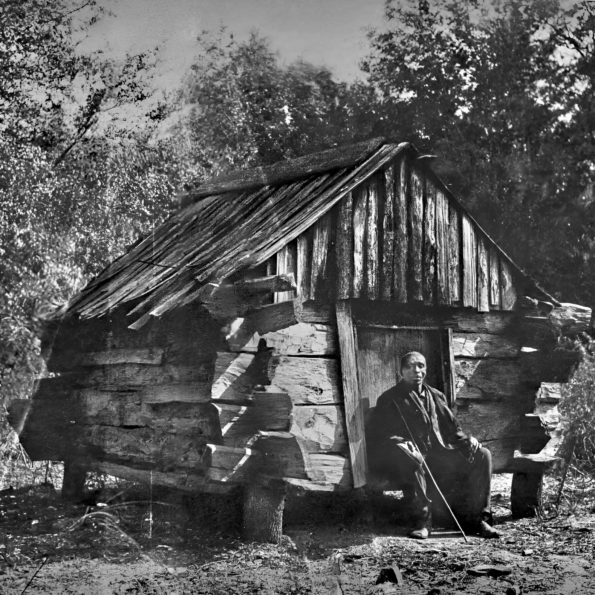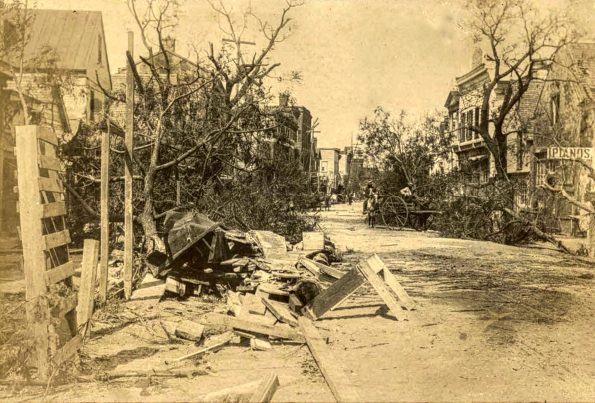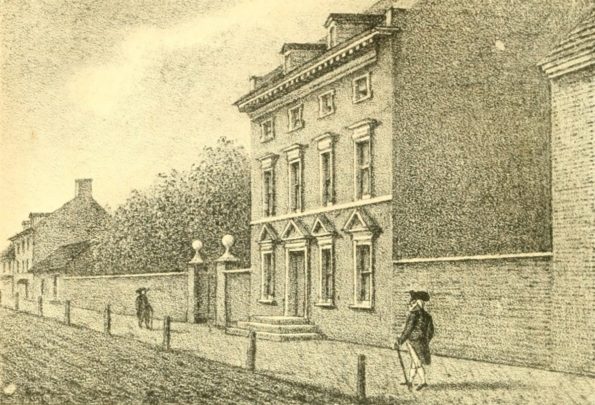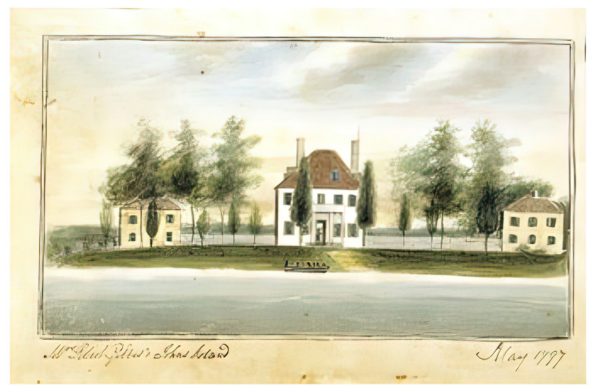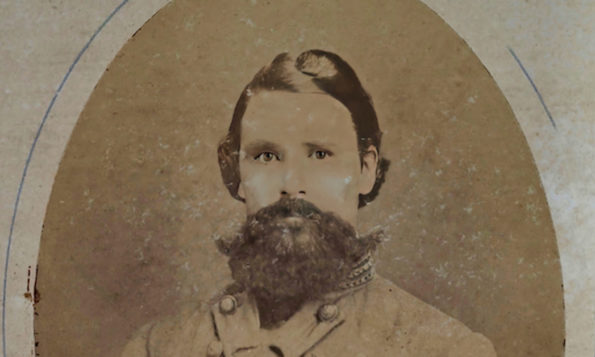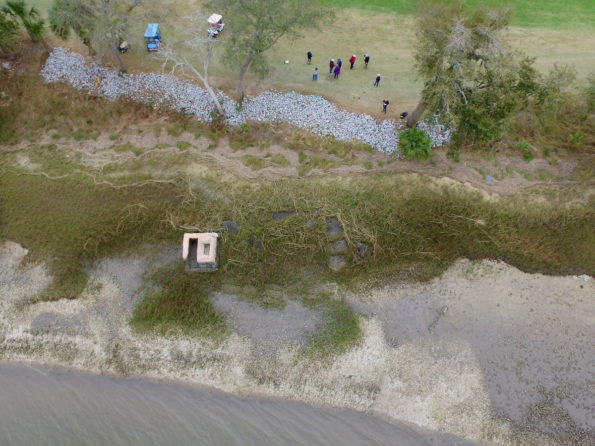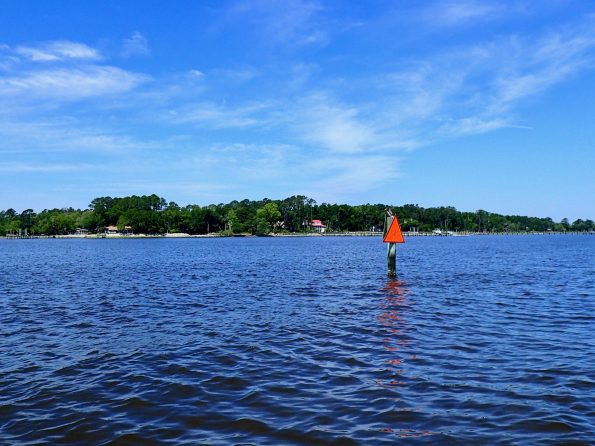For centuries the ultimate enabler of an individual’s wealth was land ownership. This was certainly true in the Lowcountry, as rice, lumber, indigo, cattle, and cotton crops created tensions over land. One of the early and successful indigo plantation owners on a sea island was Robert Sams (~1706 – 1760), father of “our” William Sams (1741 – 1798). Robert was a planter up on Wadmalaw Island. As the American Revolution took a toll on the sale of indigo dye cakes to the British, a new sea island-compatible crop was arriving. Sea island cotton’s exceptional quality and world events in France and England drove Europe’s demand. It was first grown commercially on Hilton Head in 1795, and by 1810 nearly all the suitable cotton land in our area was spoken for. This brings us on a fast trip to the Datha Island plantation brothers, Lewis Reeve Sams (1784 – 1856) and Berners Barnwell Sams (1787 – 1855). They inherited Datha Island from their father and mother once they came of age, in 1805 and 1808, respectively. LR Sams had Datha Point plantation on the north, and BB Sams had Datha Inlet plantation on the south.
As Dr. Rowland tells us in his first volume of The History of Beaufort County, South Carolina (1514 – 1861) by 1850:
“Dr. Berners Barnwell Sams had 2,097 acres and 174 enslaved people on Datha and Lady’s Island…His brother Lewis Reeve Sams had 1,467 acres and 166 enslaved people on adjoining property…”
It wasn’t Datha alone that afforded the brothers, and their children, the luxury of elegant homes in Beaufort. It was the totality of their holdings.


